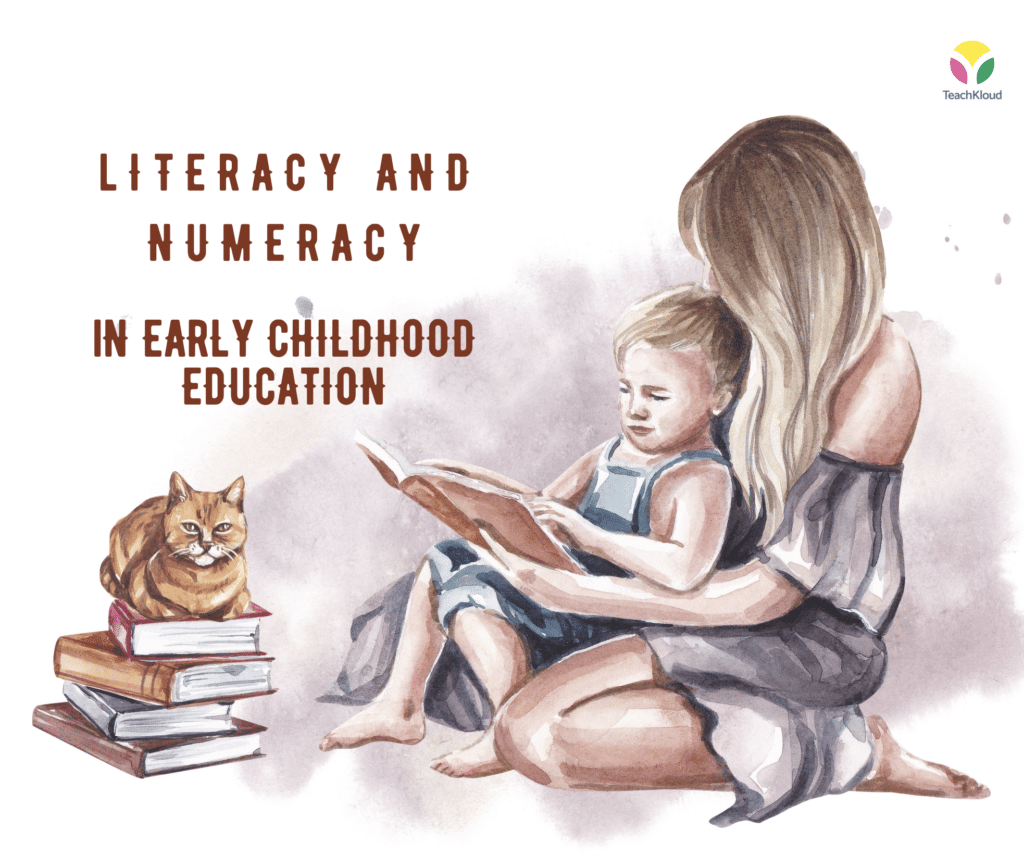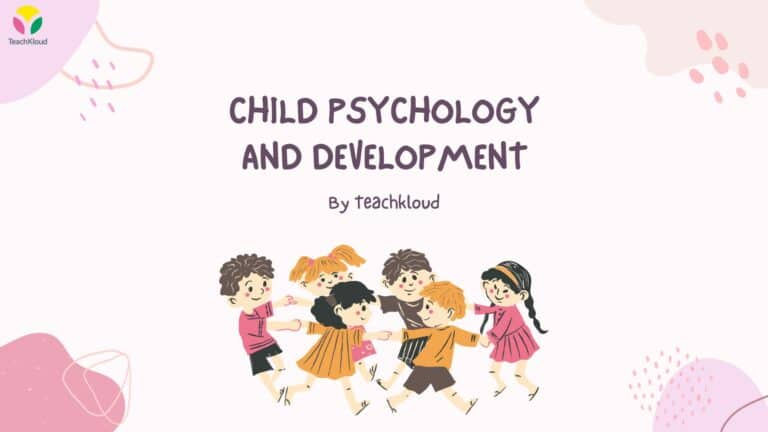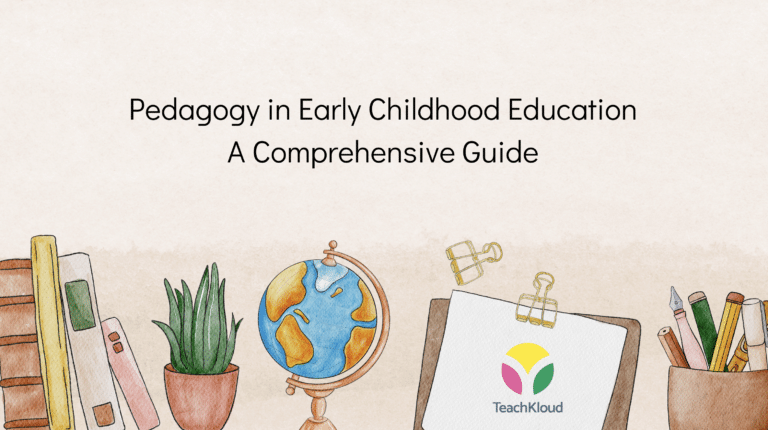Understanding the Foundations: Concepts, Theories, and Principles of Language and Numeracy in ECEC
We know that literacy and numeracy serve as two fundamental branches of a child’s learning tree in an ECEC setting. But beyond teaching children to read, write and count, how exactly do these components support their overall development?
Literacy, in the context of ECEC, extends beyond the domain of reading and writing. It encompasses helping children develop skills for decoding and interpreting symbols, fostering their imagination, and enhancing their communication abilities. Theories such as Vygotsky’s Sociocultural Theory and Bruner’s Constructivist Theory provide valuable insight into how children’s literacy skills can be nurtured through interaction, scaffolding and symbol manipulation.
Numeracy, moving beyond simple number knowledge, also includes the cognitive faculties involved in recognising patterns, solving problems, and understanding spatial relationships.
Expanding Child’s Understanding of Language and Numeracy: The Power of Provocations
Provocations in ECEC settings are thoughtfully planned activities or situations strategically designed to invoke curiosity, exploration and intellectual engagement, often inciting thoughtful discussions. Provocations can be leveraged to deepen a child’s understanding of language and numeracy in a naturalistic, play-based learning environment.
Consider a provocation where children are encouraged to set up a make-believe post office. They explore tasks such as writing letters, placing stamps, and sorting mail based on numerical codes. This would facilitate simultaneous exploration of reading, writing, and numerical understanding.
Emulating real-life scenarios not only nurtures children’s imaginative skills but also incorporates subtle elements of literacy and numeracy. Playing the role of a post officer requires children to organise mail based on self-imposed classification rules, making counting an integral part of play. As they grapple with the importance of letter grouping, these children are unwittingly honing their numeracy skills. They are also learning about the formal aspects of writing and engage in personal narrations, advancing their linguistic abilities. Want to see this in action? Click here to watch videos on using open-ended learning opportunities to facilitate literacy and numeracy!
Empowering Educators: Strategies for Effective Language and Numeracy Instruction
For educators to effectively teach language and numeracy, a number of strategies are available. Each method speaks to the pedagogical principles embedded in early childhood education and care, whether that relates to a child’s practical engagement or theoretical understanding. Let’s delve into some of these methods:
Understanding the Child’s Perspective
Children have unique ways of perceiving the world. In order to best facilitate learning, educators should strive to understand their students’ perspectives. Listening to children, observing their play patterns and inquiring about their thoughts and feelings can provide invaluable insights. This will allow you to gauge the child’s current level of understanding, thereby shaping the support and challenges you offer.
Creating a Supportive and Stimulating Environment
A comfortable, curious, and engaging environment can greatly enhance a child’s motivation to learn. By presenting children with appropriate resources and stimulating tasks that tie into their interests, educators can prompt natural curiosity and engagement in learning. Furthermore, maintaining a positive atmosphere, where mistakes are seen as learning opportunities, can encourage children to take risks and explore.
Engaging Children in Real-world Applications of Literacy and Numeracy
Linking classroom learning to real-world situations can create a strong understanding of the practical uses of literacy and numeracy. This can be done by integrating numeracy and literacy concepts into daily routines or creating activities that mimic real-world situations, like shopping, baking, or managing a garden. Want to see this in action? Click here to watch videos on using open-ended learning opportunities to facilitate literacy and numeracy!
Literacy and numeracy learning can be enhanced by adopting a multisensory approach. This can involve the use of songs, movement, art, and interactive games, among others. By incorporating different sensory experiences into lessons, children can engage with the material in a variety of ways, which can help to reinforce learning and aid memory retention.
Applying Inquiry and Play-based Learning
Play can offer powerful contexts for learning. Through play, children can explore ideas, build understanding and engage in problem-solving. It often involves active, hands-on engagement, making it beneficial for both concrete and abstract thinking. Inquiry-based learning, where children investigate things they find interesting, can equally promote deep understanding in a fun and engaging way.
With these techniques in your teaching toolkit, you are well-positioned to inspire a love of literacy and numeracy in your students. Remember, every child’s learning journey is unique, and it’s our job as educators to embrace that uniqueness, fostering a nurturing environment where children feel free to explore, question, learn and grow.
Collaborative Learning: Promoting Language and Numeracy Skills through Group Activities
Imagine a classroom that’s pulsing with energy, where interaction is fostered, and active learning is the norm. This is a picture of collaborative learning in an ECEC setting. Group activities enhance language and numeracy skills but also equip the children with life skills like effective communication and team collaboration.
Collaborative learning is the pedagogical practice of placing children in groups and having them work towards achieving shared learning outcomes. It takes on a variety of formats, including cooperative games, small-group discussions, or more formalised project work. However, its essence lies in ‘learning together’.
So, how do we promote language and numeracy skills through group activities? Well, with strategically designed activities that focus on understanding and manipulating language and numeracy concepts, we have a winning formula. For example,
Group Activities for Language Skills
Group activities like storytelling circles, and role-play empower children to use language more freely, encouraging them to explore different ways of expressing their thoughts and ideas. In a role-play activity, children can be encouraged to choose different (or their favourite) characters or roles which require them to use a range of language skills. Constantly participating in such group activities helps them acquire language skills naturally and effectively.
Group Activities for Numeracy Skills
When it comes to advancing numeracy skills, group activities such as cookery classes or planting in the nursery garden are effective tools. While following a recipe, children learn to use numbers for measuring and counting ingredients. The same applies to planting seeds, where they can apply order and sequence. These fun group-based activities allow children to seamlessly learn and apply numeracy skills in daily life.
Embracing Diversity: Inclusive Approaches to Language and Numeracy in ECEC
In the realm of Early Childhood Education and Care (ECEC), embracing diversity is not just about acknowledging differences. It’s about creating an educational environment where everyone, regardless of their individual attributes, is supported and appreciated. It’s about creating an inclusive environment that encourages every child to reach their full potential, including their abilities in language and numeracy.
One approach for achieving this is applying inclusive teaching strategies that accommodate the diverse needs and learning styles of children. This is particularly important for language and numeracy instruction, where children may have varying familiarity and comfort levels.
“Inclusion is not bringing people into what already exists; it is making a new space, a better space for everyone.” – George Dei
When it comes to language and numeracy, embracing diversity can ensure that each child can learn and develop at their own pace, in their own unique way.
Application of Policy Frameworks for Improved Literacy and Numeracy
Frameworks, like Aistear, Siolta, and strategies like the First 5 strategy, collectively assert that young children have the potential to grasp complex ideas if approached in an engaging, play-based system. It is crucial to utilise these frameworks effectively to incorporate literacy and numeracy lessons in an ECEC setting.
For instance, the First 5 strategy emphasises the importance of high-quality ECEC settings who offer learning through a play-based lens. Aistear outlines the significance of making learning a shared experience with the child’s surrounding community, enabling them to explore various perspectives. Similarly, Siolta asserts the importance of collaborative learning and cooperation in an ECEC environment.
These frameworks recommend a hands-on, inquiry-based approach to teaching, highlighting that learning should be viewed as an active process. Young children are curious explorers who learn best by doing and questioning. An ECEC setting that encourages questions and meaningful play translates to a deeper understanding and application of literacy and numeracy concepts.
Aistear’s Recommendations for Literacy and Numeracy Approaches
The early childhood framework, Aistear, places emphasis on a child-centred approach to learning. In terms of literacy and numeracy, Aistear, recommends intertwining these areas in all aspects of children’s experiences, routines and play, thus making learning a holistic process. The framework also encourages practitioners to engage children in experiences that require them to observe, question, investigate, and reflect, thereby fostering their literacy and numeracy skills.
Inquiry and Play-based Approaches for Concept Formation
Play-based learning and inquiry are fundamental to ECEC settings. According to Aistear and Siolta, these approaches enable children to understand concepts at their own pace, build on their interests and experiences, and participate in decision-making. For example, engaging children in games that involve sorting and categorising can stimulate their understanding of numeracy. Simultaneously, activities centered on storytelling, singing and role-play can significantly enhance their literacy skills.
Environment’s Role in Encouraging Concept Formation and Reasoning
Planned carefully, the environment can act as a ‘third teacher’, facilitating exploration, curiosity and promoting cognitive development. Displaying letters, numbers, maps, puzzles, and books in the environment encourages children to engage with literacy and numeracy in everyday contexts, promoting abstract reasoning and concept formation. Moreover, the inclusion of intriguing objects or relevant themes can provoke meaningful interactions, further endorsing learning. Want to see this in action? We think this professional development masterclass with a certificate is perfect for you. Click here to watch this masterclass on using open-ended learning opportunities to facilitate literacy and numeracy!
Conclusion
Taking everything into account, it’s clear that implementing successful strategies for language and numeracy in ECEC can be a challenging task. However, the rewards reaped in terms of a child’s cognitive development are invaluable. We cannot downplay the importance of abstract logical reasoning, a vital skill fostered through literacy and numeracy. Therefore, dedicated efforts are required to ensure that every child has an equitable chance to develop these critical skills.
Curriculum frameworks such as Aistear, can provide crucial guidelines in this endeavour. These comprehensive structures are underpinned by strong theoretical foundations, offering varied approaches for the integration of literacy and numeracy. They advocate for inquiry and play-based methods, promoting concept formation in children as young as birth to 6 years.
This doesn’t end with the frameworks and principles; instead, the child’s environment substantially influences their learning journey. Formulating an environment that encourages curiosity, problem-solving and logical reasoning helps in potentiate the child’s ability to understand and engage with the world around them.
Furthermore, understanding and implementing provocations can open up a world of opportunities. By incorporating these tools in daily life, we can expand a child’s understanding and application of language and numeracy, ensuring a more holistic, engaging, and meaningful learning experience.
In conclusion, the journey of fostering language and numeracy skills starts with understanding and applying the theoretical and practical facets of literacy and numeracy in ECEC.
Did you know that TeachKloud is the most comprehensive childcare app, which supports educators in documentation, observation, parent communication and parental development. Thousands of educators and parents already use TeachKloud in their daycare, school, childminding service and out of school care settings. Click here to learn more.




